[Note: actual quotes from the book are in italics]
I just finished reading Theme Park Design: Behind the Scenes with an Engineer by Steve Alcorn, a very smart book about designing theme park attractions. Have you ever looked at a ride and asked yourself “how did they do that’? Have you ever wanted to design theme park attractions? This book takes a look at the people who design theme park attractions and what their specific roles and responsibilities are. After reading, you’ll know the answers to such questions as how a Show Control Engineer differs from a Ride Control Engineer.
In Ride Control Engineering. “Anything that can go wrong will go wrong if we let it. But we can’t let it.”
The nice thing about Theme Park Design is that anyone can read it. Even though it is written by an engineer the book can easily be understood by anyone. The only math equation isn’t encountered until page 182 and shouldn’t be very hard to understand thanks to Steve’s excellence explanation (P=IV or power equals current times voltage).
Ride Control Engineers spend more of their time analyzing the ride control system than they do designing it. The major thing they’re looking for are failure points.
This book is a great starting point for anyone interested in pursuing a career in theme park design. Designing a ride includes a wide range of individuals with different skill sets. Reading Theme Park Design can help you understand what role you would like to fulfill and the skills you need to acquire.
…Never lose sight of this core principle of theme park design: who are your guests?…Epcot attracts the young and old but leaves many teenagers unimpressed. As theme park designers we need to understand whether putting a roller coaster in the middle of Epcot will bring in more teenagers or just turn off our current guests.
Theme Park Design includes some great tidbits about actual attractions and park operations: Disney…runs a department devoted to figuring out how many guests will be in each park at a major Florida resort on everyday for the next five years. Steve talks a lot about his work on Epcot getting many of the attractions, which were technologically advanced at the time, ready for opening day. (I’m sure there are even more details in another book by Steve, Building a Better Mouse: The Story of the Electronic Imagineers Who Designed Epcot, which I am now thinking about picking up a copy.) It’s these little pieces of information that make this book such a great read.
Q: Who is the first passenger on a theme park ride?
A: A sandbag.
My only real complaint is that, as an engineer myself, I would’ve loved to see even MORE in-depth details. I want to read more about the specific numbers and formulas used and the reasoning behind design decisions that were made. I don’t just want to know the facts, I want to know WHY. Also, there seemed to be a surprising number of spelling and grammatical errors.
The largest single consumer of budget in a themed attraction (unless it’s a rehab of an existing attraction, or an outdoor ride) is almost invariably the building itself.
Overall, Theme Park Design contains fascinating and detailed information about theme parks and how they go from a blue sky concept to reality. It’s a very easy read which will sometimes have you laughing out loud. Remember: “If it ain’t broke, don’t fix it. But if it is broke, it better be fixable in one night.” If you’re looking into a career in the theme park industry or just want to learn more about how rides are designed then this book is a must read!

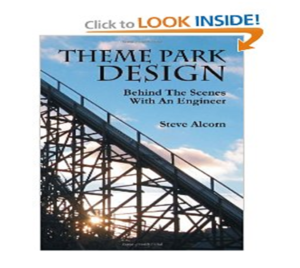
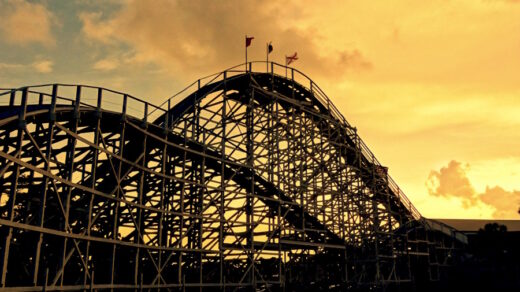
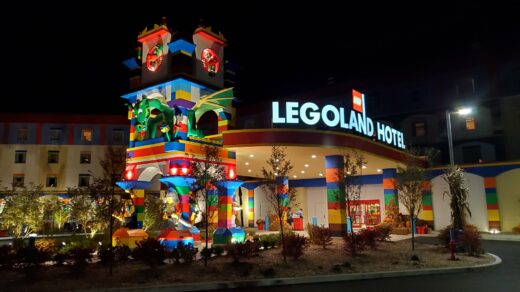
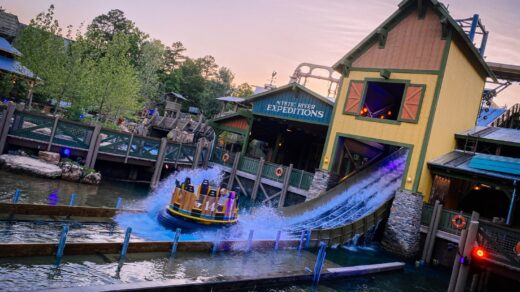



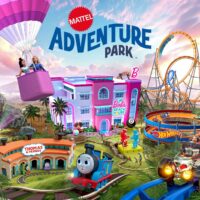
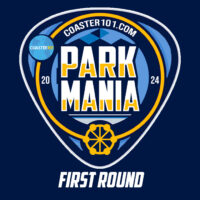



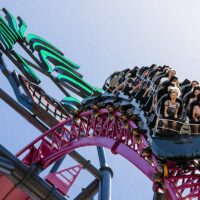
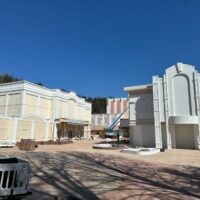
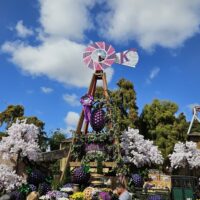
Thank you a lot for this post. I was looking for a book to read, and this one looks like a good one. I need it for my project. The source http://essaypapers.reviews/ has already helped me a lot, but I still need a book to be able to provide quality info.